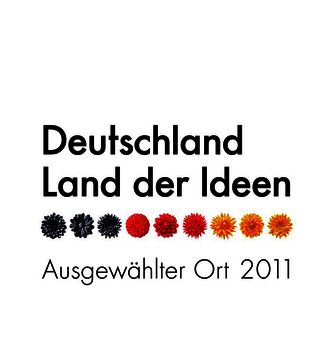Aluminiumverbindungen, lösliche
MAK-Begründung
Andrea Hartwig1 (Vorsitz der Ständigen Senatskommission zur Prüfung gesundheitsschädlicher Arbeitsstoffe, Deutsche Forschungsgemeinschaft)MAK Commission2
1 Institut für Angewandte Biowissenschaften, Abteilung Lebensmittelchemie und Toxikologie, Karlsruher Institut für Technologie (KIT), Adenauerring 20a, Geb. 50.41, 76131 Karlsruhe, Deutschland
2 Ständige Senatskommission zur Prüfung gesundheitsschädlicher Arbeitsstoffe, Deutsche Forschungsgemeinschaft, Kennedyallee 40, 53175 Bonn, Deutschland
Abstract
The German Senate Commission for the Investigation of Health Hazards of Chemical Compounds in the Work Area (MAK Commission) summarized and evaluated the data for soluble aluminium compounds to derive an occupational exposure limit value (maximum concentration at the workplace, MAK value) considering all toxicological end points. Relevant studies were identified from a literature search and unpublished study reports were used. Aluminium chlorohydrate, which is at most slightly irritating to the eye, shows irritant effects to the lungs of rats and guinea pigs after six months inhalational exposure to 0.08 mg Al/m3. Based on this study, a MAK value of 0.005 mg Al/m3 is set for aluminium chlorohydrate. This MAK value also applies to aluminium ammonium disulfate and aluminium potassium disulfate, which are not irritating to the eyes. In contrast, aluminium chloride, which is corrosive to the eye, is a strong lung irritant in rats after 13 weeks of inhalation of 0.02 mg Al/m3. From this study, a MAK value of 0.0002 mg Al/m3 for the inhalable fraction is derived, which also applies to basic aluminium chloride, aluminium chloride hydroxysulfate, aluminium diacetate, aluminium lactate, aluminium nitrate and aluminium sulfate, as these substances are also irritating or irreversibly damaging to the eyes. These compounds are assigned to peak limitation category I with an excursion factor of 2. For aluminium gluconate and aluminium maltolate, no data are available on effects on the eyes or the respiratory tract, therefore, as a conservative approach, the MAK value of 0.0002 mg Al/m3 is also set for these substances. These compounds are assigned to peak limitation category II with an excursion factor of 2. The MAK values also protect from neurotoxicity as seen for poorly soluble aluminium compounds in humans. In vitro data show no mutagenicity of soluble aluminium compounds. No micronuclei or chromosomal aberrations are induced in valid in vivo studies below cytotoxic concentrations. In vitro and in vivo clastogenic and aneugenic effects and positive indicator tests are predominantly observed at cytotoxic concentrations. The available human data do not support an association between the development of breast cancer and the use of aluminium-containing antiperspirants. There are no valid long-term carcinogenicity studies in animals. Based on the MAK values of 0.0002 and 0.005 mg Al/m3, only a slight increase in the urinary aluminium concentration of up to 0.2 % and 4.0 % in relation to the biological reference value (BAR) of 15 µg aluminium/g creatinine is calculated. Therefore, soluble aluminium compounds are assigned to Pregnancy Risk Group C. Skin contact is not expected to contribute significantly to systemic toxicity. A sensitizing potential is not expected from the data available.




